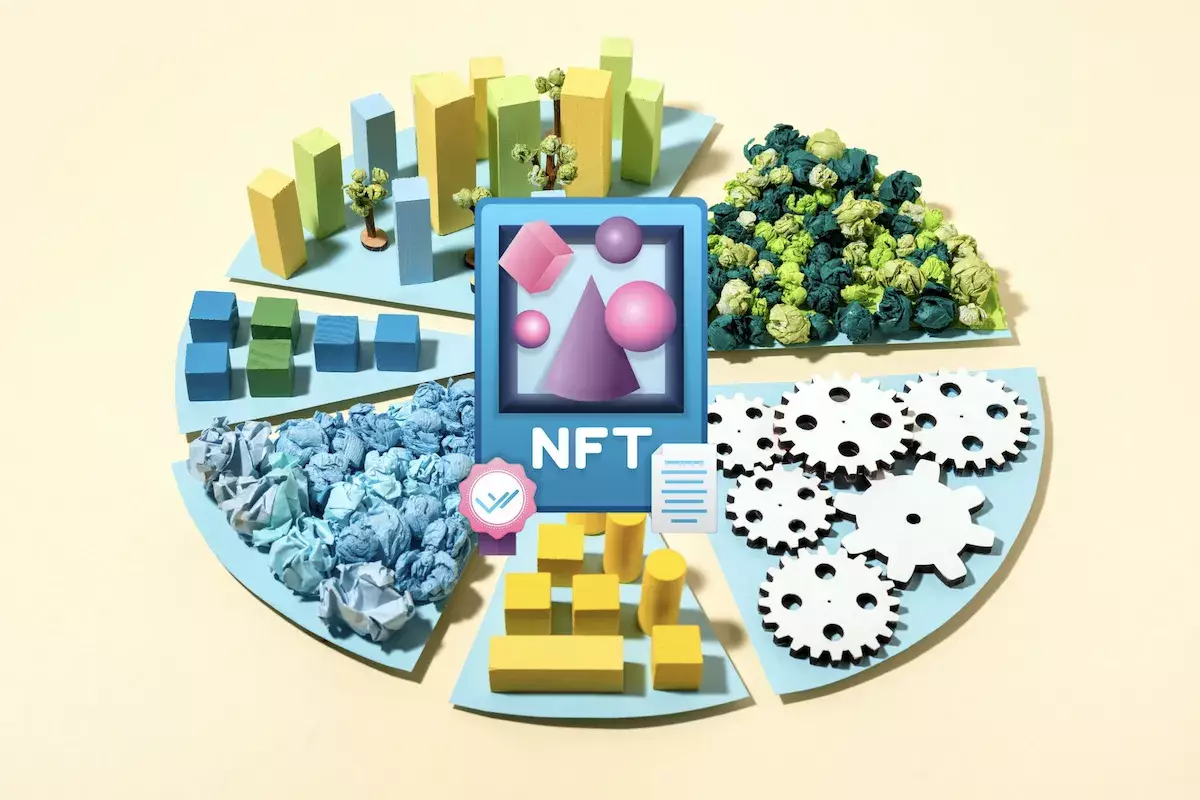Europe is vigorously pursuing a sustainability agenda, deeply embedding it within its economic framework through initiatives like the European Green Deal. This comprehensive strategy aims to slash carbon emissions and reduce pollution, fundamentally changing how products are designed, produced, and recycled. Central to this green movement is an emphasis on innovative practices that not only enhance product design but also promote efficient resource management and improved recycling methods. As part of this endeavor, the European Union is introducing novel concepts such as Digital Product Passports (DPPs), which harness technology to ensure that sustainability goals are met effectively.
Understanding Digital Product Passports
Digital Product Passports can be envisioned as comprehensive digital profiles that encapsulate a product’s entire lifecycle—from the extraction of raw materials to the point of recycling. These passports aim to provide transparency about a product’s sustainability attributes, including its carbon footprint, material composition, and potential for repair. The initiative is intricately linked to the Ecodesign for Sustainable Products Regulation (ESPR), which pushes manufacturers to create products with reduced waste and minimal emissions.
Additionally, the Circular Economy Action Plan (CEAP) further advocates for designs conducive to reuse, repurposing, and recycling. By incentivizing businesses to create products that last longer and can be easily recycled, EU regulations aim to combat the throwaway culture that has entrenched itself in consumer behavior.
The introduction of Non-Fungible Tokens (NFTs) in the realm of Digital Product Passports stands to revolutionize how we perceive product histories. Traditionally known for their role in digital art, NFTs possess unique characteristics—each token is distinct, providing an unprecedented means of asserting ownership and authenticity. When integrated with DPPs, NFTs function as digital twins, enabling a one-to-one representation of a physical item on a blockchain.
This blockchain basis delivers a robust layer of security and immutability, making it nearly impossible to alter the information logged without leaving a trace. This transparency could be transformational for both consumers and businesses, as it engenders a trust-based relationship through verifiable product histories. Real-time updates can be recorded through NFTs, reflecting significant changes such as ownership transfers or maintenance activities, offering consumers a comprehensive view of their products’ journeys.
One of the most significant benefits of employing NFTs within DPPs is the heightened traceability that can be achieved throughout the supply chain. Projects centered around NFTs aim to create unique tokens for individual units of material, helping to verify their origins and monitor their movements through the supply chain. This decentralized ledger system not only supports compliance with EU regulations regarding emissions and resources but also builds a cooperative framework among manufacturers, recyclers, and consumers.
Furthermore, DPPs, backed by NFTs, contribute to a circular economy by improving the visibility of products’ repairability and recyclability. When consumers have easy access to a product’s sustainability data, they are more likely to make informed choices that favor longer-lasting products, thus minimizing waste.
Despite the remarkable advantages NFTs and DPPs can introduce, several hurdles must be surmounted for these innovations to be fully realized. Privacy concerns, especially regarding compliance with regulations like the General Data Protection Regulation (GDPR), pose limitations on what data can be stored on public blockchains. Hybrid models are being explored to overcome this, wherein sensitive information is secured off-chain while ownership records remain on a blockchain.
Industry efforts are currently focused on reconciling NFT systems with existing EU requirements, facilitating compatibility across various blockchains, while addressing the need for regulatory compliance. Elsewhere, companies may face concerns over data fragmentation if disparate blockchain systems are not integrated.
Another layer of complexity arises from the evolving perception of NFTs. Due to their association with speculative markets, there’s skepticism regarding their practical application in sustainability. A critical part of the journey ahead lies in educating manufacturers, consumers, and regulators about how NFTs can resolve tangible sustainability challenges.
The Future of Transparency in Product Supply Chains
The introduction of Digital Product Passports fortified by blockchain technology and NFTs heralds a promising and complex future for product transparency. As Europe leads the way with stringent regulations aimed at promoting sustainable practices, other global regions may be inspired to adopt similar measures. The integration of emerging technologies, such as Internet of Things (IoT) sensors and AI, to streamline real-time monitoring further enhances this vision.
Ultimately, the successful deployment of NFT-based DPPs can catalyze a seismic shift in how products are perceived, with consumers empowered to make informed decisions that prioritize environmental responsibility. With the right balance of transparency, privacy, and regulatory compliance, Digital Product Passports could offer a robust framework allowing all stakeholders to engage in a collective effort toward sustainability, radically transforming product life cycles.


Leave a Reply